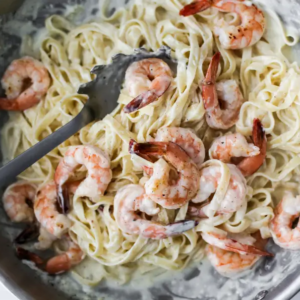
Table of Contents
Alfredo sauce recipe, with its rich and creamy texture, has become a staple in Italian-American cuisine. This lusciously smooth sauce, originally from Rome, has gained immense popularity worldwide, beloved for its simplicity and flavor. In this article, we’ll explore an authentic Alfredo sauce recipe and delve into its versatile nature, making it a favorite for pasta lovers everywhere.
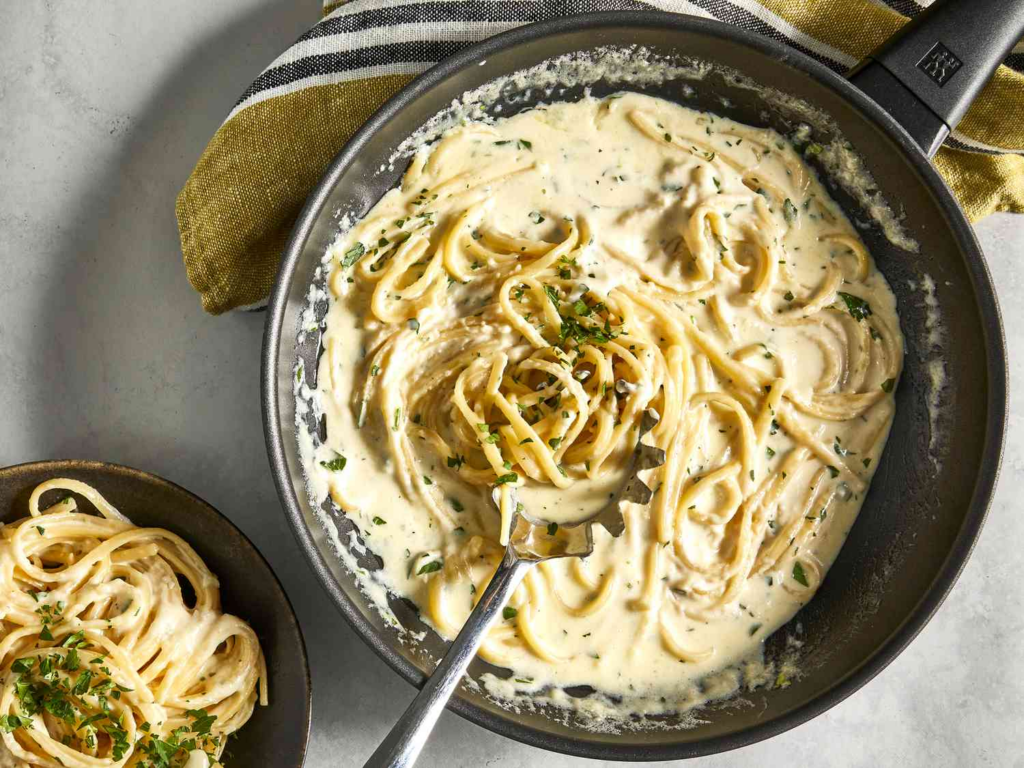
The Origin of Alfredo Sauce
Alfredo sauce traces its roots back to early 20th-century Rome, where it was invented by Alfredo di Lelio. This dish, originally called “Fettuccine al Burro,” involved fettuccine tossed with butter and Parmesan cheese, evolved into the creamier version known today as Alfredo sauce.
Selecting Your Ingredients
- Butter: The base of the sauce, providing richness and flavor.
- Heavy Cream: Adds the creamy texture that Alfredo is known for.
- Garlic: For a hint of piquancy.
- Parmesan Cheese: Freshly grated for the best flavor.
- Salt and Pepper: For seasoning.
- Parsley: Optional, for garnish and a touch of color.
- Nutmeg: A pinch can add depth to the sauce.
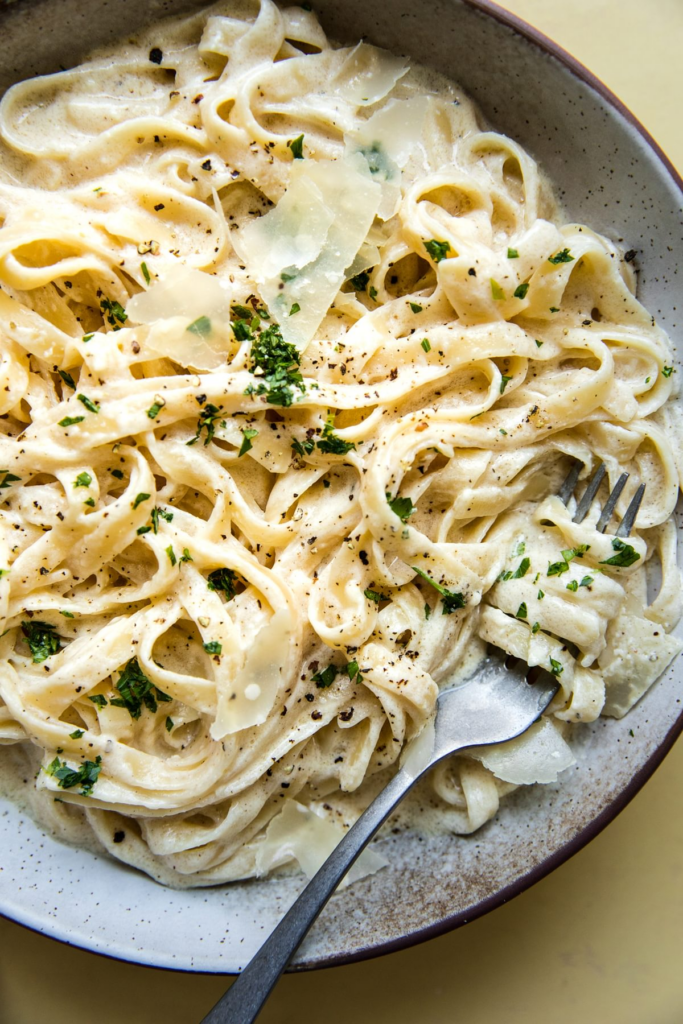
The Alfredo Sauce Recipe: Step-by-Step
- Melt the Butter: In a saucepan, melt 1/2 cup of butter over medium heat.
- Add Garlic: Sauté minced garlic in the butter until fragrant, about 1 minute.
- Pour in Cream: Slowly add 2 cups of heavy cream, stirring constantly.
- Simmer: Bring the mixture to a low simmer and continue to cook for about 5 minutes, allowing it to thicken slightly.
- Add Cheese: Reduce heat to low and gradually stir in 1 1/2 cups of freshly grated Parmesan cheese until melted and smooth.
- Season: Season with salt, pepper, and a pinch of nutmeg to taste.
- Combine with Pasta: Toss the sauce with your choice of pasta, preferably fettuccine, ensuring it’s well coated.
- Garnish and Serve: Garnish with parsley and serve immediately
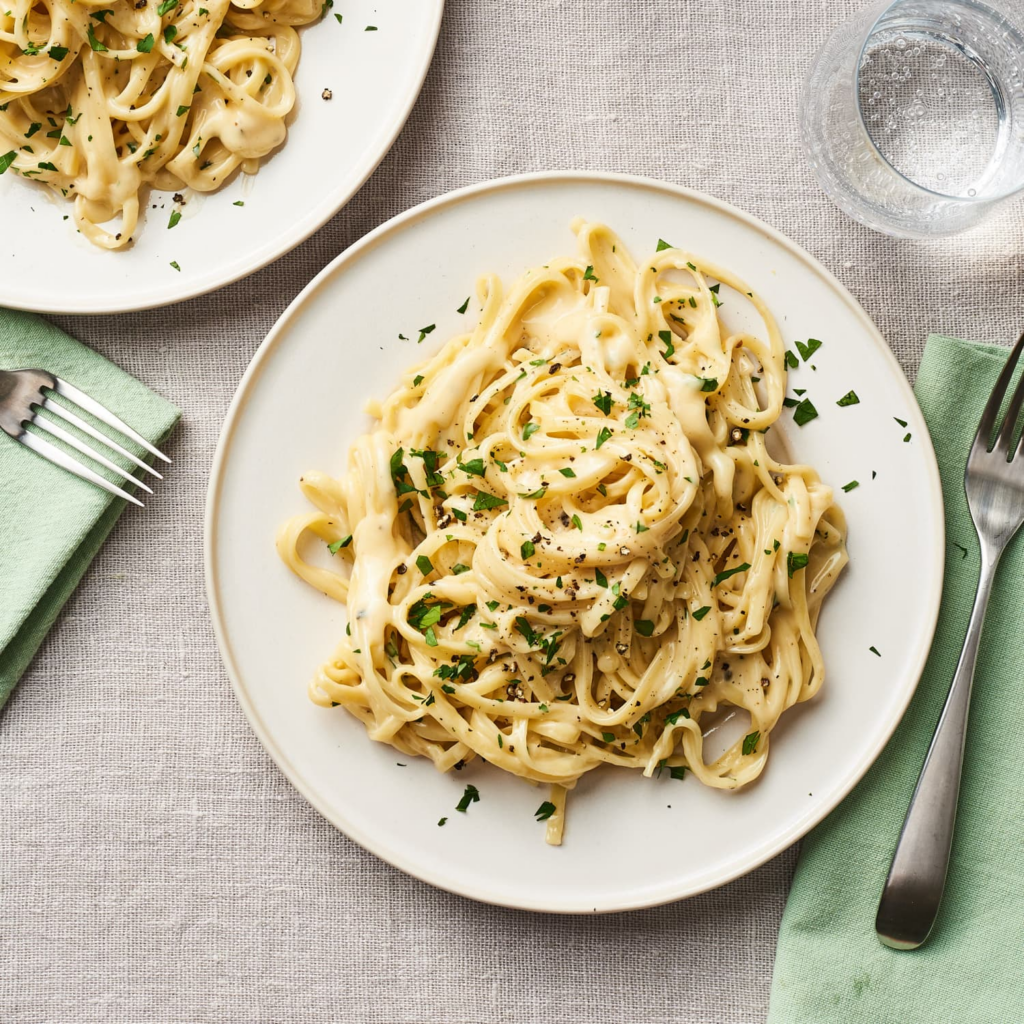
Tips for a Perfect Alfredo Sauce
- Fresh Ingredients: Use fresh, high-quality Parmesan and real butter for the best flavor.
- Stirring Constantly: Prevents the sauce from separating and sticking to the pan.
- Avoid Overheating: High heat can cause the sauce to become grainy.
- Timing: Alfredo sauce is best served fresh, so time your pasta to be ready simultaneously.
Variations and Add-Ins
- Protein: Chicken, shrimp, or salmon can be added to make a heartier dish.
- Vegetables: Spinach, mushrooms, or sun-dried tomatoes offer a nice contrast in texture and flavor.
- Gluten-Free Option: Use gluten-free pasta or serve over steamed vegetables.

Serving Suggestions
Alfredo sauce is traditionally served with fettuccine, but it’s versatile enough to accompany any pasta. It also makes a delicious topping for baked potatoes or a dip for breadsticks.
Pairing with Wines and Beverages
A glass of white wine, like a Chardonnay or a Pinot Grigio, pairs beautifully with the creaminess of Alfredo sauce. For non-alcoholic options, a sparkling water with lemon complements the richness of the sauce.
Storing and Reheating
Alfredo sauce can be stored in the refrigerator for up to 3 days. Reheat gently over low heat, adding a little milk or cream to adjust the consistency if necessary.
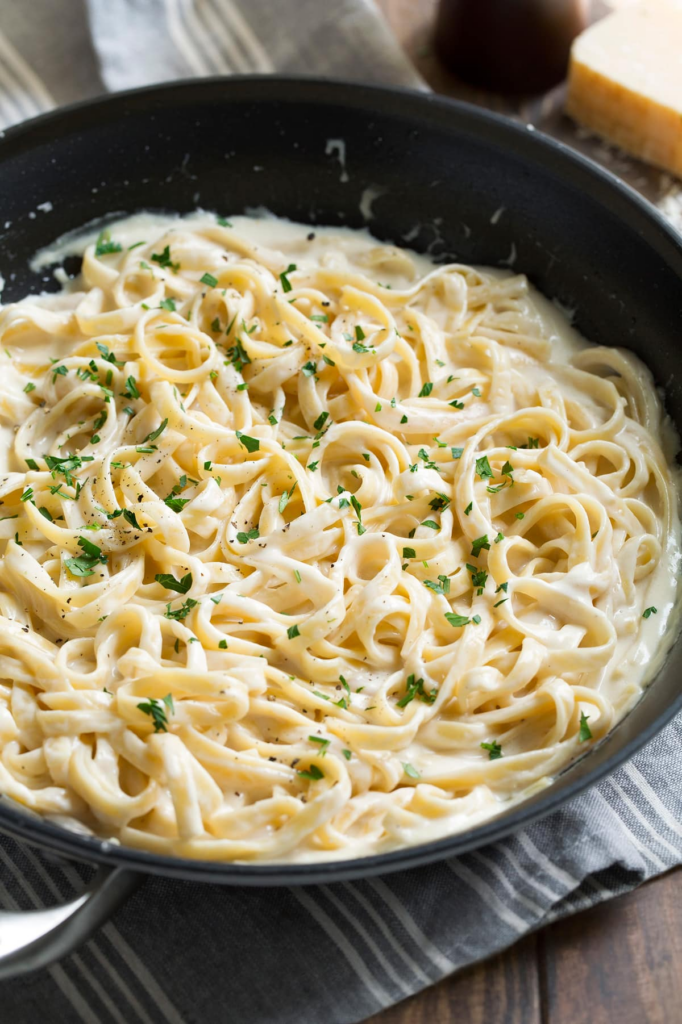
Healthier Alternatives
For a lighter version, substitute heavy cream with half-and-half or a mix of milk and cream. You can also use low-fat cheese, though this may alter the taste and texture slightly.
Nutritional Information
While Alfredo sauce is rich in flavor, it is also high in calories and fat. Moderation is key, and it can be balanced with a side of salad or steamed vegetables.
Alfredo sauce recipe, in its velvety glory, is a testament to the magic of simple ingredients creating extraordinary flavors. Whether you’re an experienced cook or a beginner, this recipe offers a chance to bring a piece of Italian culinary tradition into your kitchen. So grab your apron, and let’s bring the heart of Italy to your table with this timeless Alfredo sauce recipe.






